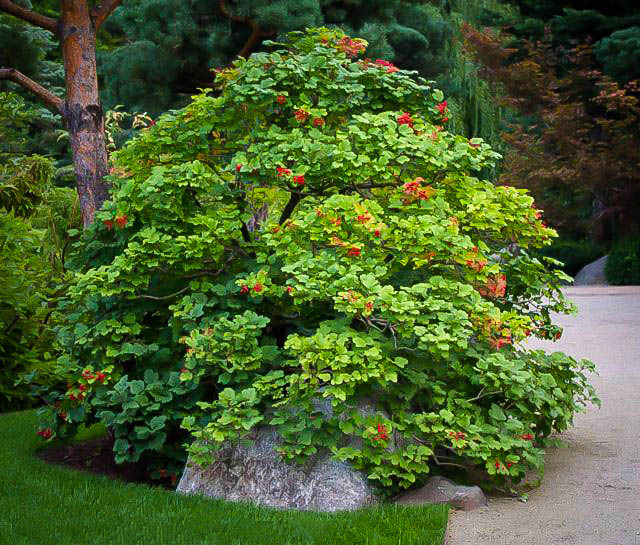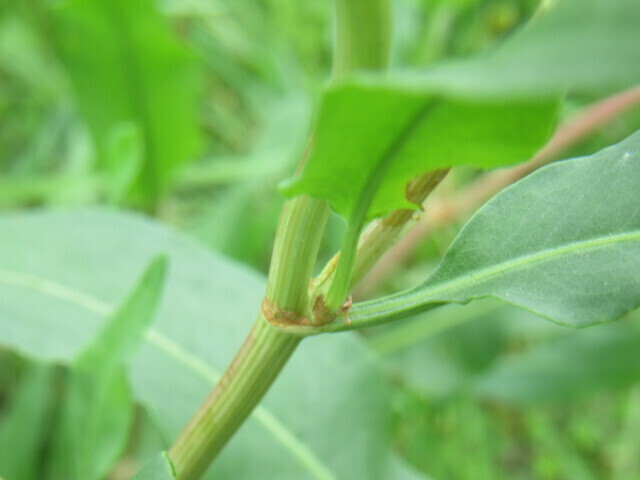Vegetable Planting Guide Pennsylvania: Essential Tips for Successful Growing Seasons
Vegetable planting in Pennsylvania really depends on understanding the state’s unpredictable climate and growing season. Gardeners need to focus on planting times that match Pennsylvania’s USDA hardiness zones, which usually fall between zones 5 and 7.
The best time to start most vegetables is after the last frost date, usually in late April to early May. That’s when seeds and seedlings finally get a fighting chance.
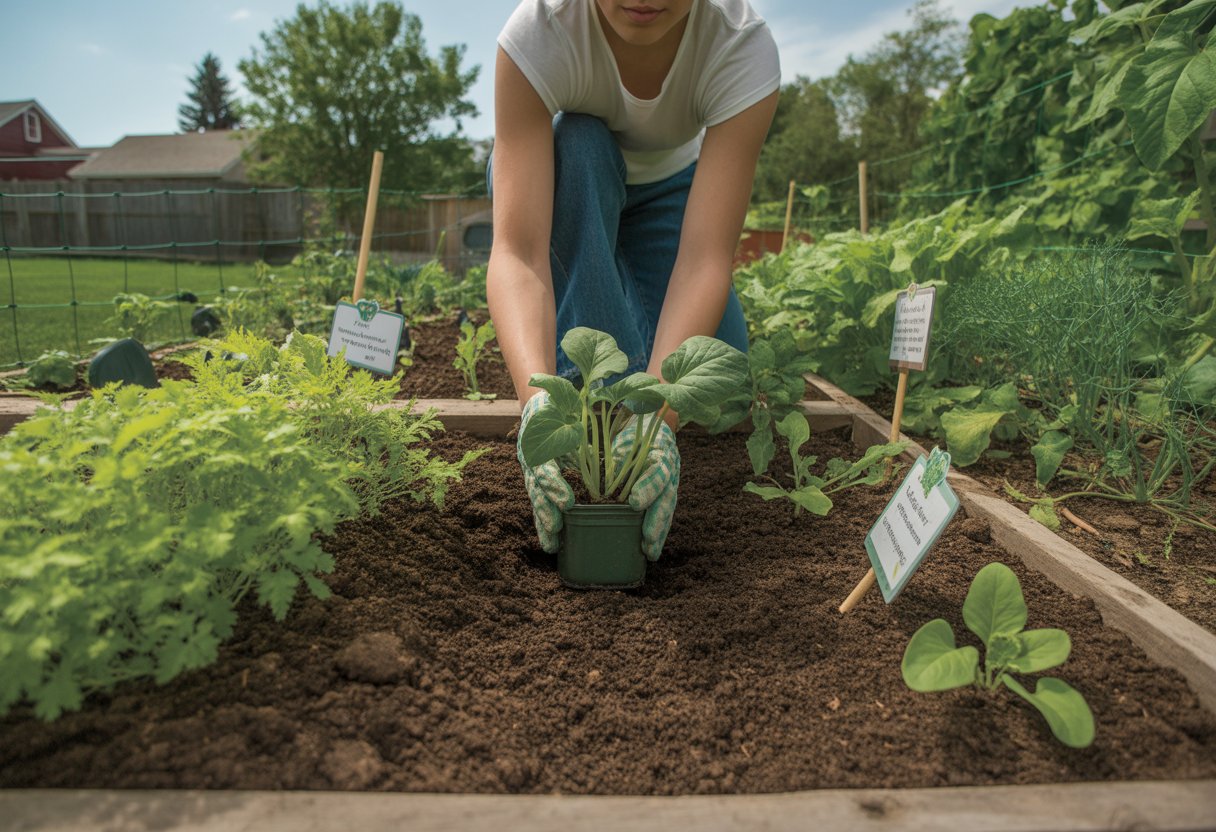
Soil quality matters a lot, too. Pennsylvania’s soil can be anything from clay to loam, so testing it and adding organic matter makes a real difference in vegetable yields.
Knowing which vegetables actually thrive here saves time and disappointment. It helps you plan for steady harvests all season long.
We’ll walk through planting schedules, soil tips, and the veggie varieties that don’t mind Pennsylvania’s wild weather. This guide is for folks in this region who want practical advice and a better shot at a successful garden.
Understanding Pennsylvania’s Planting Zones and Climate
Pennsylvania’s growing conditions are all over the place. If you want your veggies to make it, you’ve got to think about USDA hardiness zones, local weather quirks, and those pesky frost dates.
Regional climate differences can throw your schedule off, so you’ll want to pick vegetable varieties that actually fit your area.
Hardiness Zones Overview
Most of Pennsylvania sits in USDA hardiness zones 5a to 7a. Zone 5a is the coldest—think winter lows of -20°F to -15°F.
Zone 7a is a bit friendlier, with lows closer to 0°F to 5°F. These zones tell you what survives the winter, so it’s worth checking your exact spot.
Root veggies and leafy greens usually handle zone 5a just fine. Warm-season crops? They’re happier in 7a.
Pennsylvania Weather Patterns and Local Frost Dates
Winters here are cold, and summers can get pretty warm and muggy. Spring and fall are your main planting windows.
Frost dates move around a lot. Spring frost can hit anywhere from mid-April to mid-May, while fall frost pops up between mid-October and early November.
You’ve got to keep an eye on last spring frost and first fall frost dates. That’s how you know when it’s safe to put tender veggies outside.
Philadelphia (zone 7a) usually says goodbye to frost around April 15. Erie (zone 5a) holds out until about May 10. That’s a big difference.
Regional Differences Within the State
Western, central, and eastern Pennsylvania each have their own quirks. Western PA, like Pittsburgh, deals with cooler temps and a shorter growing season.
The Appalachian Mountains mess with things, too—higher spots stay cooler and frost lingers longer. Southern counties get a longer frost-free stretch, so heat-loving crops like tomatoes and peppers do better there.
It’s smart to plan your crops and timing based on your local microclimate, not just some statewide average.
| Region | Typical Zone | Average Last Spring Frost | Growing Season Length (days) |
|---|---|---|---|
| Western PA | 5b to 6a | May 5 – May 15 | 140 – 160 |
| Central PA | 6a to 6b | April 25 – May 10 | 160 – 180 |
| Southeastern PA | 6b to 7a | April 10 – April 25 | 180 – 200 |
Planning Your Vegetable Garden
You’ll have a much easier time if you pick the right spot, keep a good schedule, and start with healthy seeds or transplants. Local garden centers and neighbors can be surprisingly helpful.
Selecting the Right Site
Look for a garden spot that gets at least six hours of sun. Morning sun is best—it dries off the dew and helps keep diseases down.
Stay away from areas where water pools up. Test your soil to find out what’s missing, and aim for a pH between 6.0 and 7.0.
You’ll want water nearby for easy irrigation. If the garden’s close to the house, you’re more likely to keep up with it.
Building a Planting Schedule
Pennsylvania’s seasons can be unpredictable, so your planting calendar needs to be flexible. Early crops like peas and spinach can go in as soon as the soil thaws, often around mid-April.
Wait to plant warm-season veggies—tomatoes, peppers—until after the last frost, usually mid-May. Most folks start these seeds indoors 6-8 weeks before moving them out.
If you stagger your plantings, you’ll stretch out the harvest. Local frost date charts and soil temperature checks are your best friends for timing.
Sourcing Seeds and Transplants
Go for good-quality seeds—cheap ones can be more trouble than they’re worth. Certified seeds from reliable sources usually sprout better and resist diseases.
Starting seeds indoors gives you a head start, especially for slow growers. Use trays or small pots with sterile mix to avoid problems.
You can grab transplants from garden centers or grow your own. Pick sturdy, healthy plants—skip anything with bugs or spots. Harden off seedlings by easing them into outdoor life before planting.
Using Garden Centers and Local Resources
Pennsylvania garden centers stock seeds, plants, and tools that actually work here. Many offer workshops or advice that’s worth your time.
The local extension office can test your soil and give you tips that fit your town. Community gardens and seed libraries sometimes offer free seeds and local know-how.
Ask around—neighbors and local groups often know tricks for your exact area.
Guidelines for Growing Vegetables in Pennsylvania
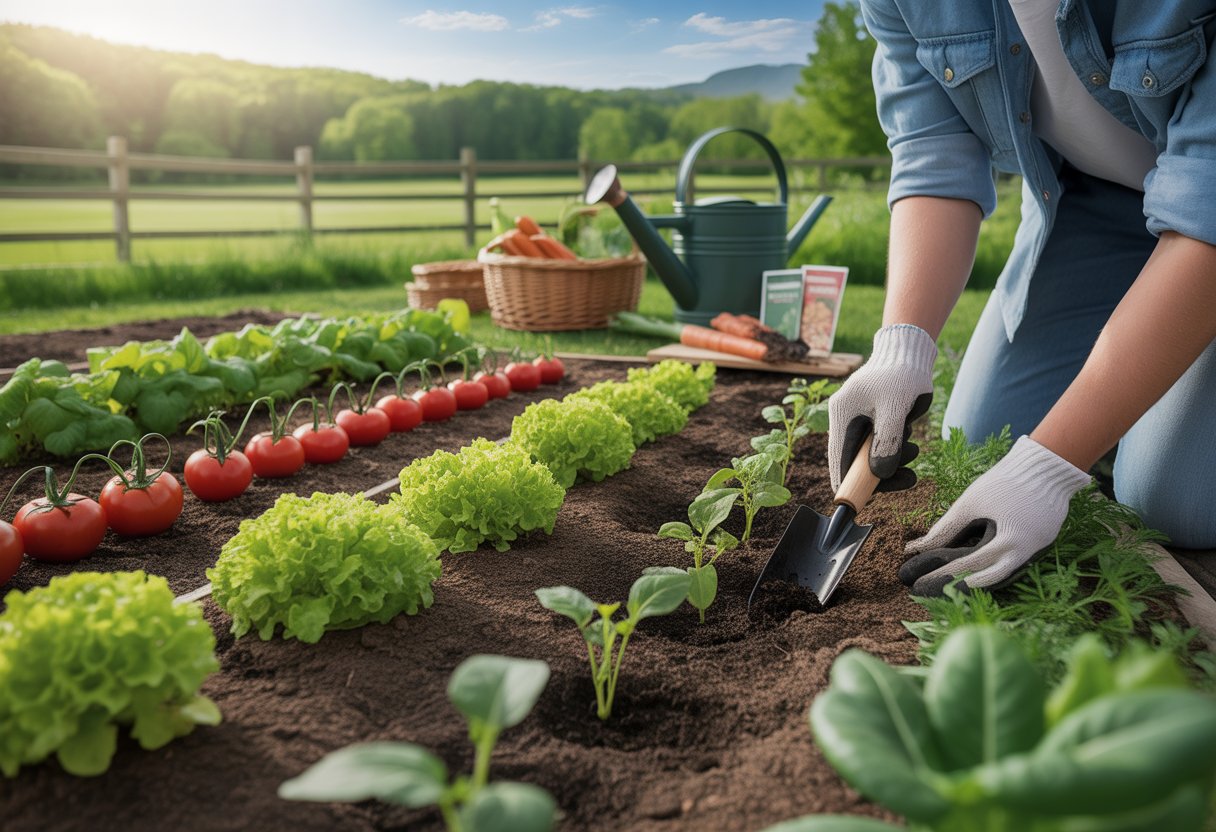
Timing and crop selection make or break a Pennsylvania garden. You need to pay attention to frost dates, soil temps, and which plants can handle the weather.
Cool-Season Crops for Spring and Fall
Cool-season veggies like it between 45°F and 75°F. Broccoli, lettuce, cauliflower, spinach, leeks, peas, carrots, radishes, onions, turnips, and Brussels sprouts all do well before the last frost and after the first fall frost.
Start seeds indoors 4-6 weeks before the last frost, or sow them outside as soon as the ground’s workable and above 40°F. Keep the soil moist, use well-drained dirt with a pH around 6.0 to 7.0, and don’t be afraid to use row covers if it gets chilly.
Warm-Season Vegetables and Planting Tips
Warm-season crops—tomatoes, peppers, eggplant, cucumbers, squash, pumpkins, sweet potatoes—need soil above 60°F. Wait until after the last frost (usually mid-May) and make sure nights stay above 50°F before moving them outside.
Tomatoes appreciate staking and a little pruning for better airflow and more fruit. Peppers and eggplants want full sun and compost-rich soil. Sweet potatoes need sandy soil and a long, warm season.
Stick to regular watering, especially when plants are flowering or setting fruit.
Succession Planting and Companion Planting
Succession planting keeps the harvest coming. Plant crops like lettuce, radishes, and carrots every 2-3 weeks, and you’ll have fresh produce for months.
Companion planting can help with pests and boost growth. Basil near tomatoes can ward off bugs, and onions protect carrots from carrot flies. Don’t put brassicas like broccoli next to strawberries—they’ll fight for nutrients.
A little planning goes a long way for a productive, chemical-free garden.
Incorporating Flowers, Perennials, and Other Plant Types
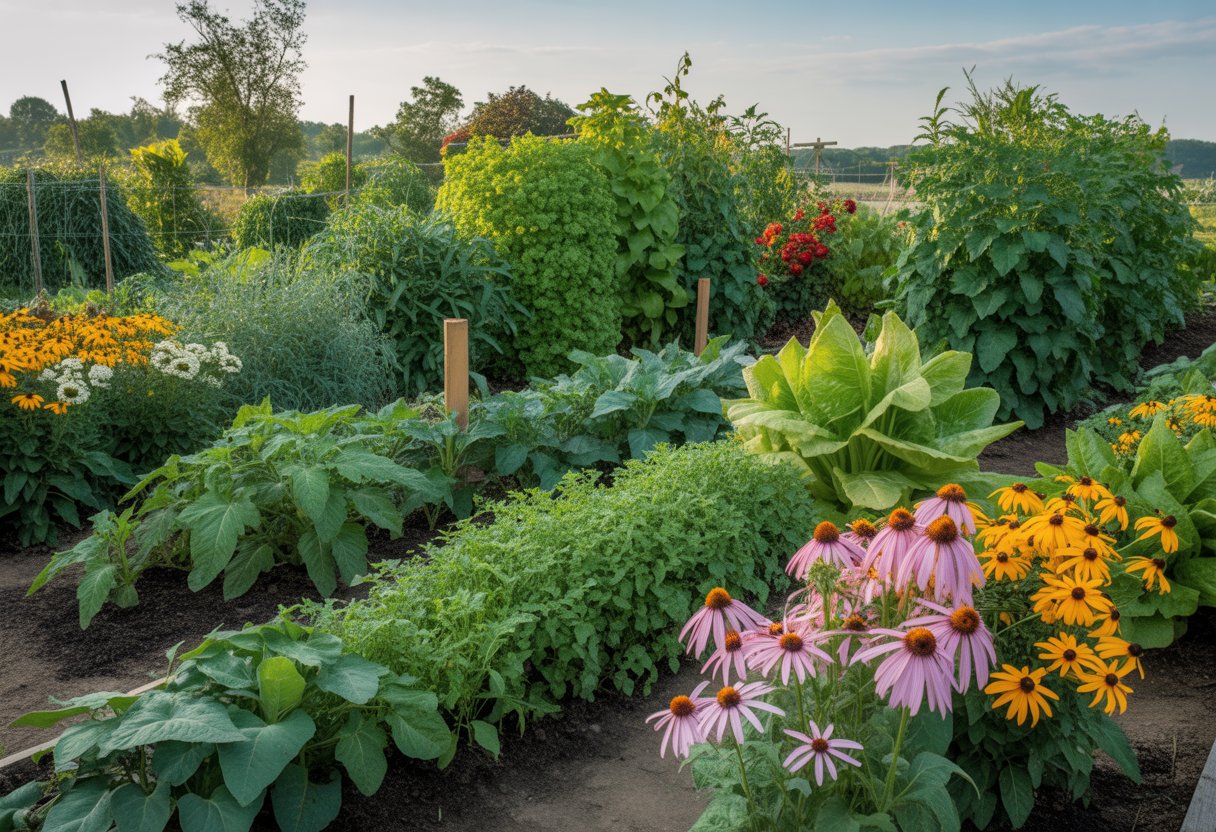
Mixing in different plant types helps your veggie garden stay healthy and look good. Flowers, perennials, herbs, and even houseplants can make a real difference.
Growing Flowers and Annuals Alongside Vegetables
Flowers like marigolds, nasturtiums, and calendulas are fantastic companions for veggies. They attract pollinators and helpful bugs that eat pests.
Tuck annual flowers in between your veggies—just make sure they aren’t stealing all the sun or nutrients. Marigolds also deter nematodes, which is a nice bonus.
Deadhead flowers regularly to keep them blooming all season.
Planting Spring Bulbs and Perennials
Plant spring bulbs like daffodils and tulips in the fall for early color and pollinator support. Perennials such as coneflowers and black-eyed Susans create structure around your veggie beds.
Perennials stabilize soil and bring in good bugs year after year, so there’s less work for you. Keep them on the edges or in borders to avoid shading your veggies.
Both bulbs and perennials do best in well-drained soil, which is pretty common in Pennsylvania.
Adding Herbs and Houseplants for Diversity
Herbs like basil, parsley, and thyme complement vegetables by repelling pests and boosting flavors. I’ve found that many herbs thrive in Pennsylvania’s climate when you plant them next to your veggies.
Some, like basil, really love full sun and well-drained soil. That’s something to keep in mind if you want them to flourish.
You can use houseplants indoors to start seedlings or just to add a bit more green to your space. Starting herbs inside before moving them outdoors gives you a head start on the growing season.

